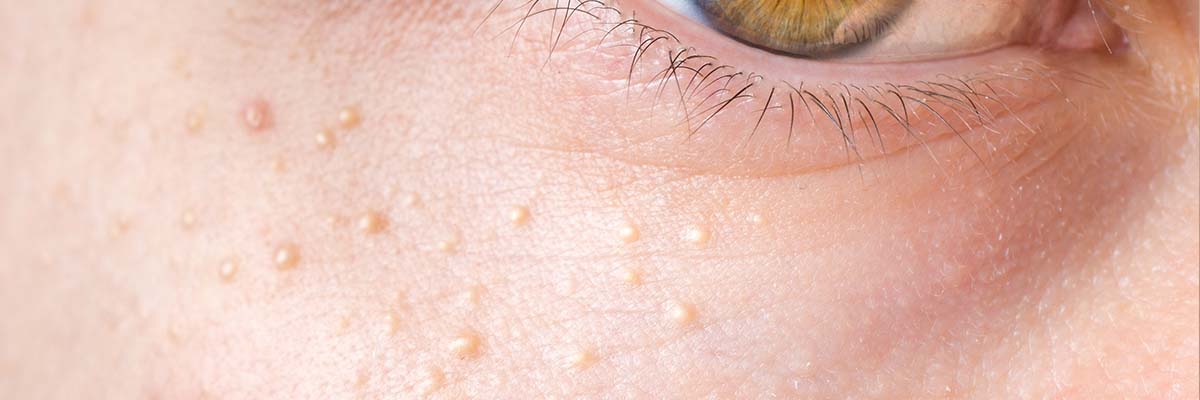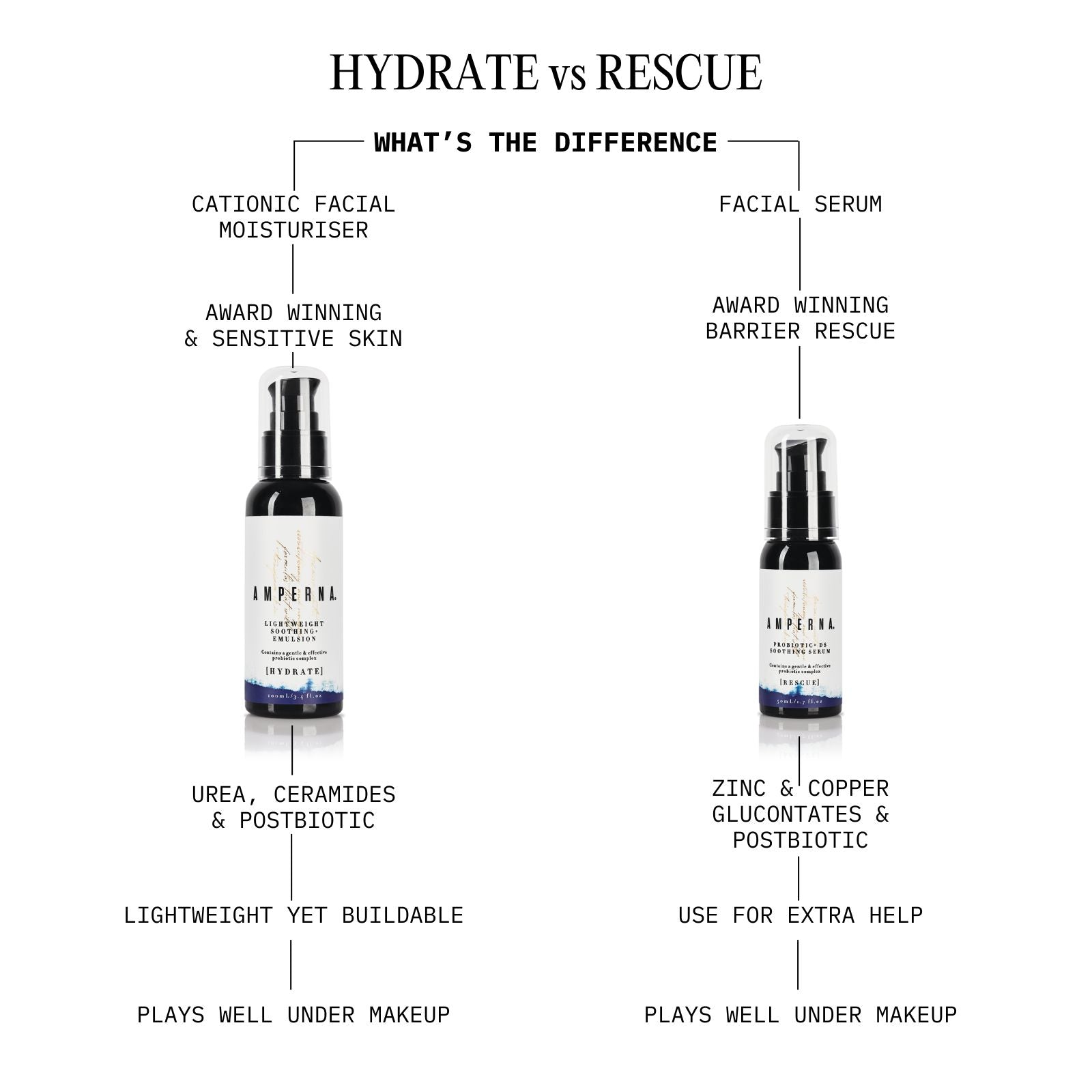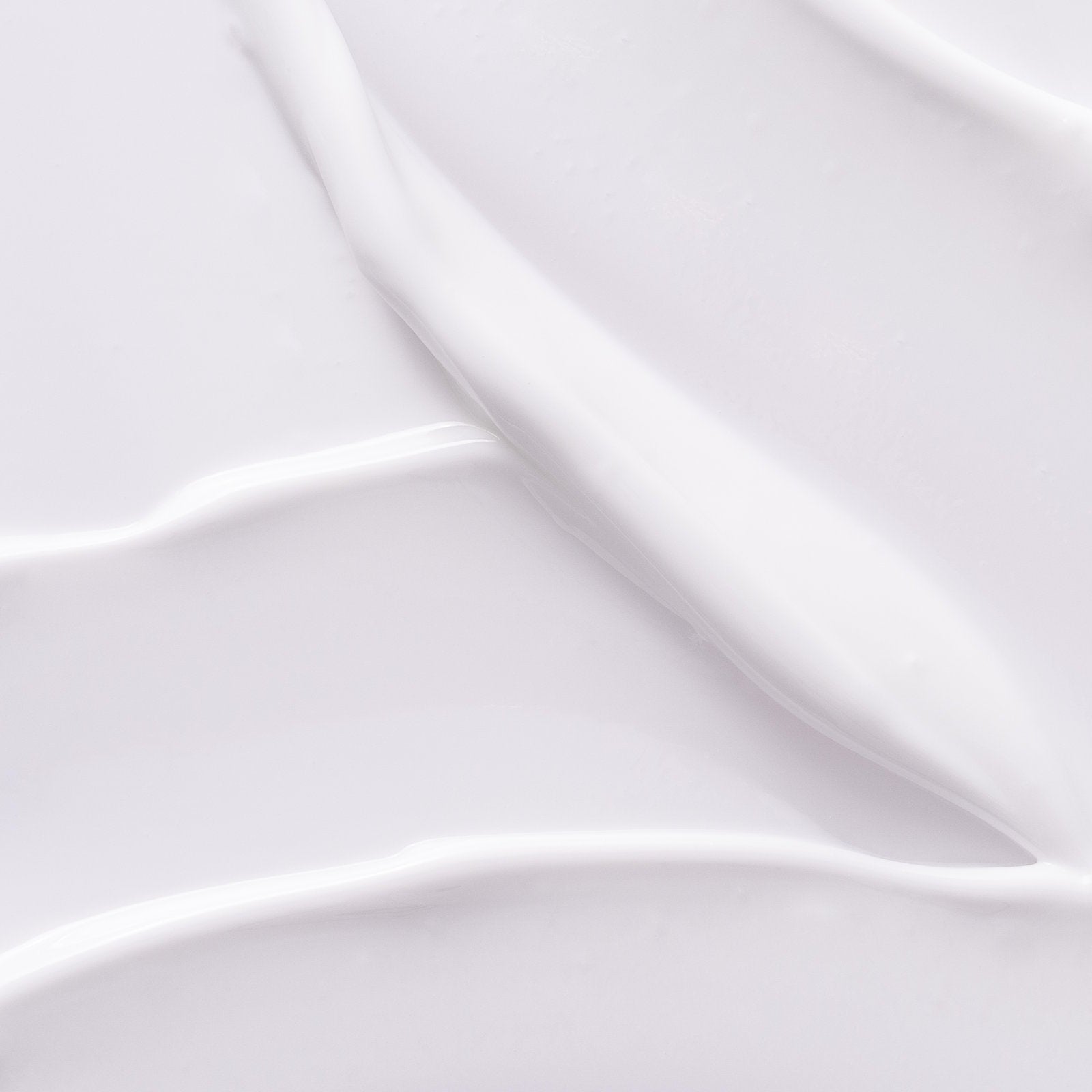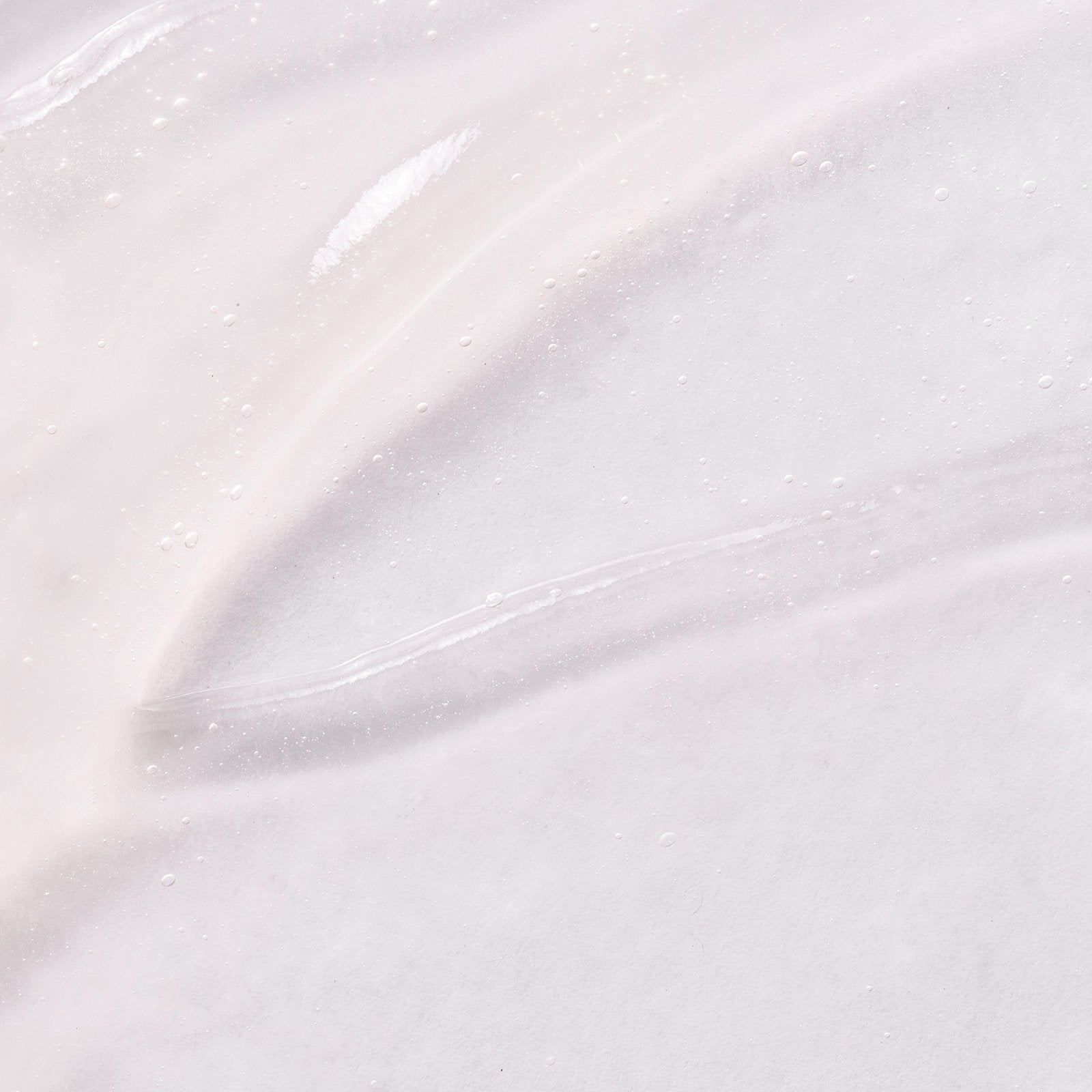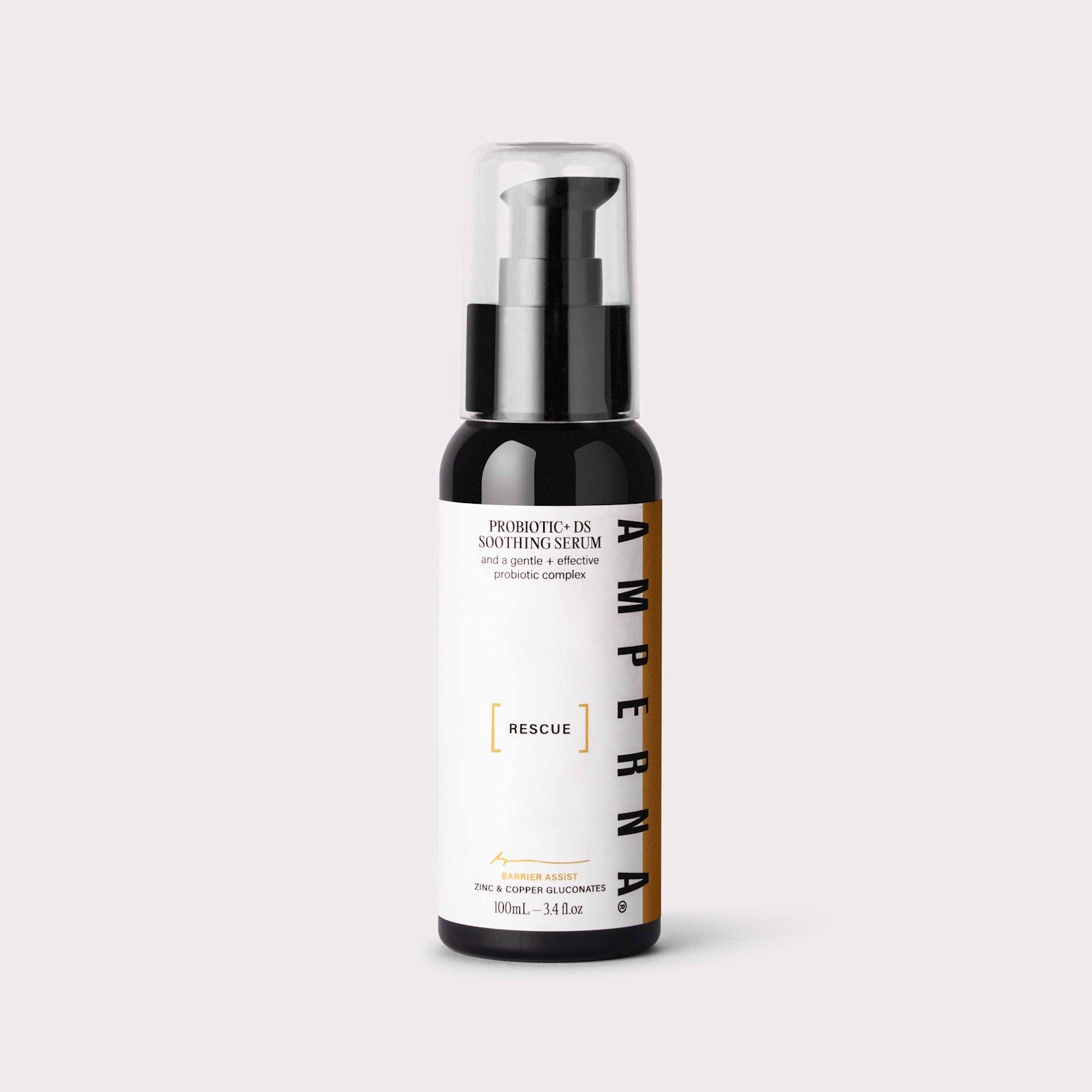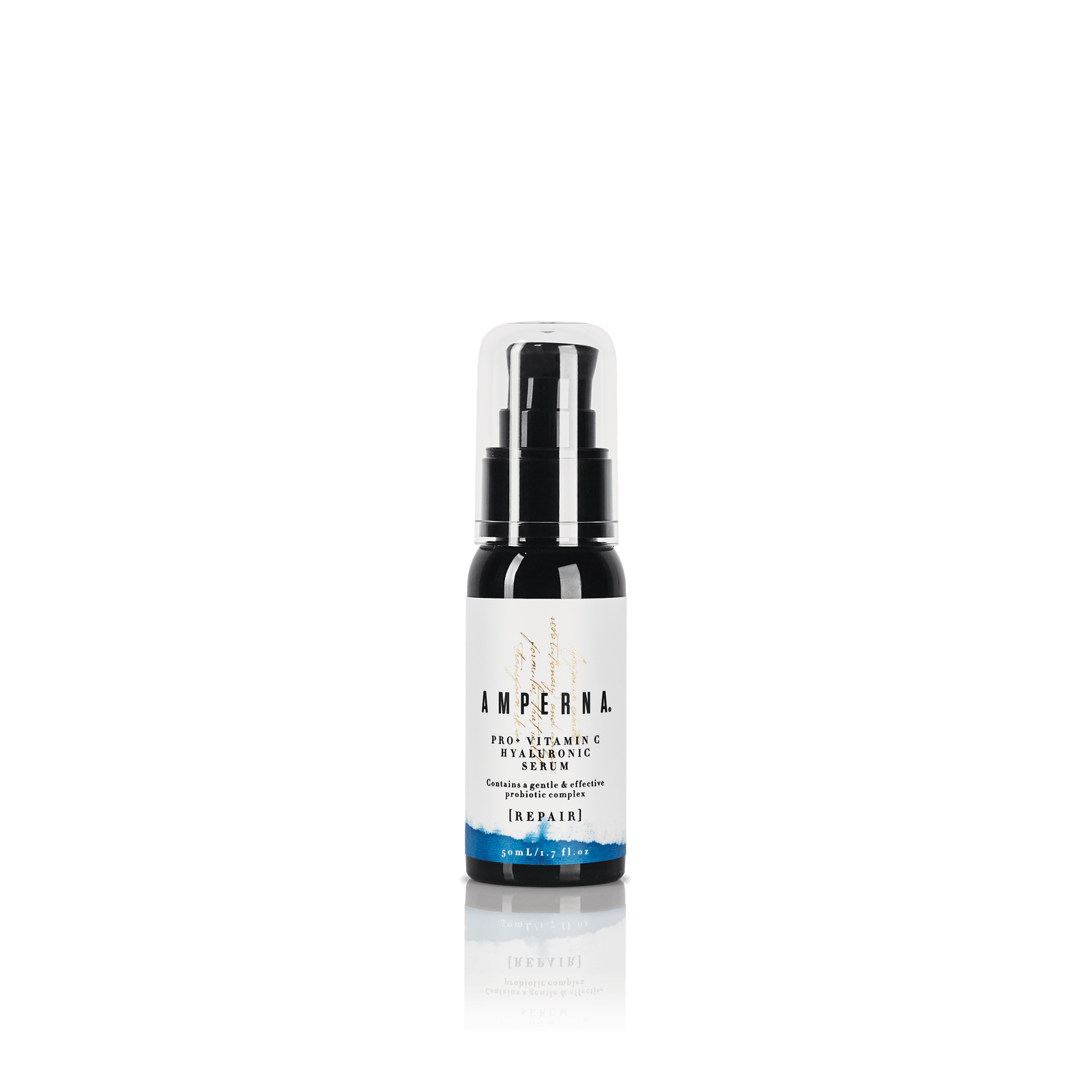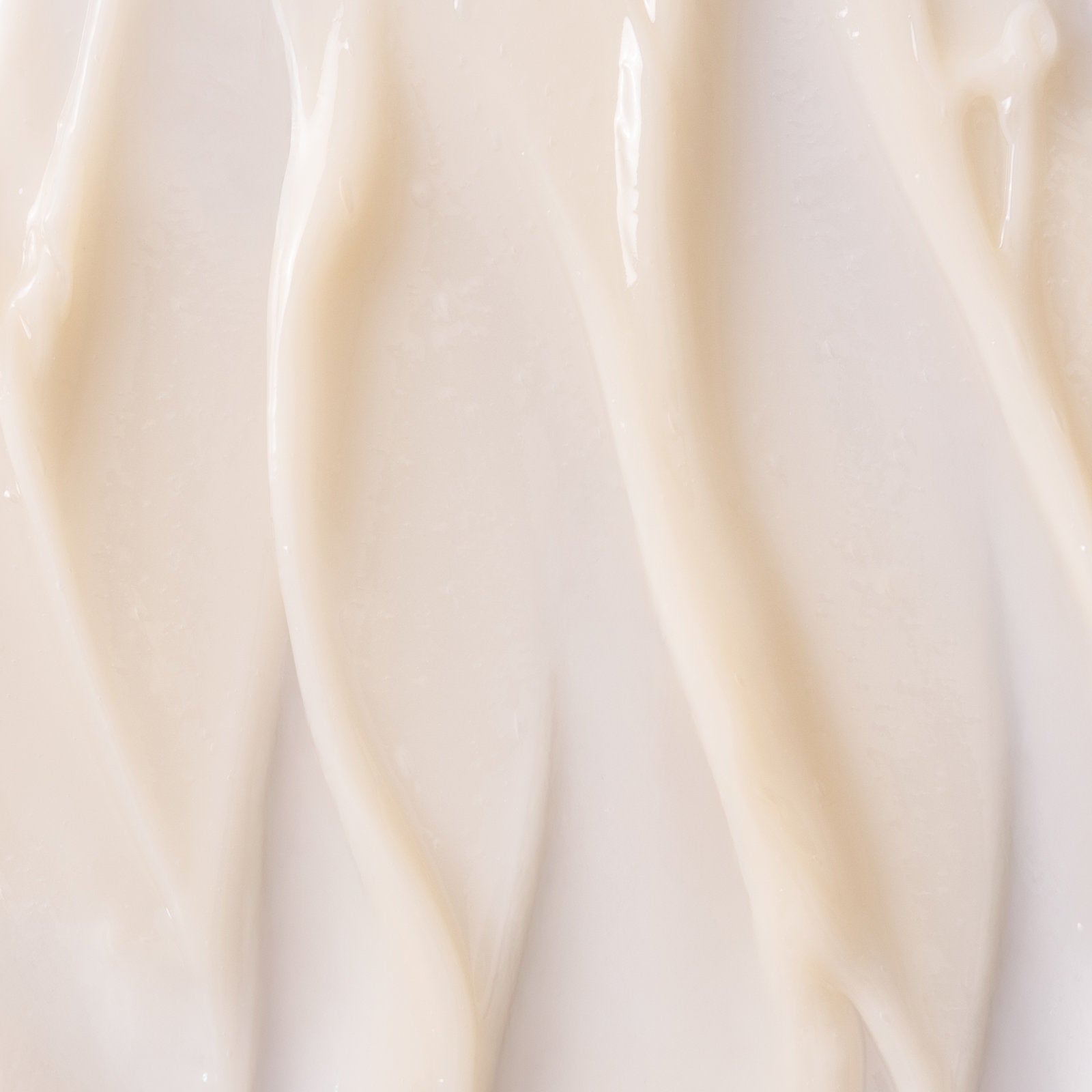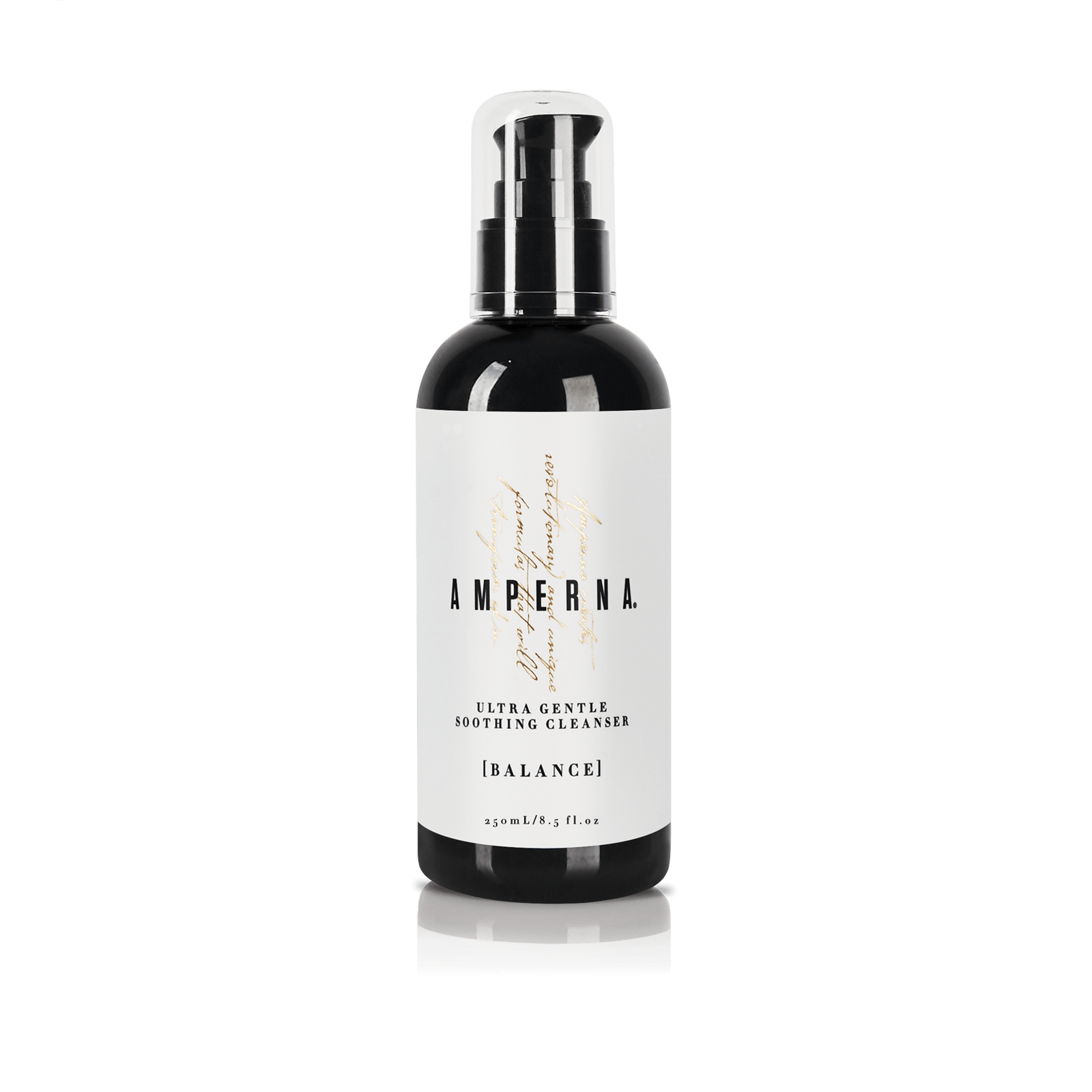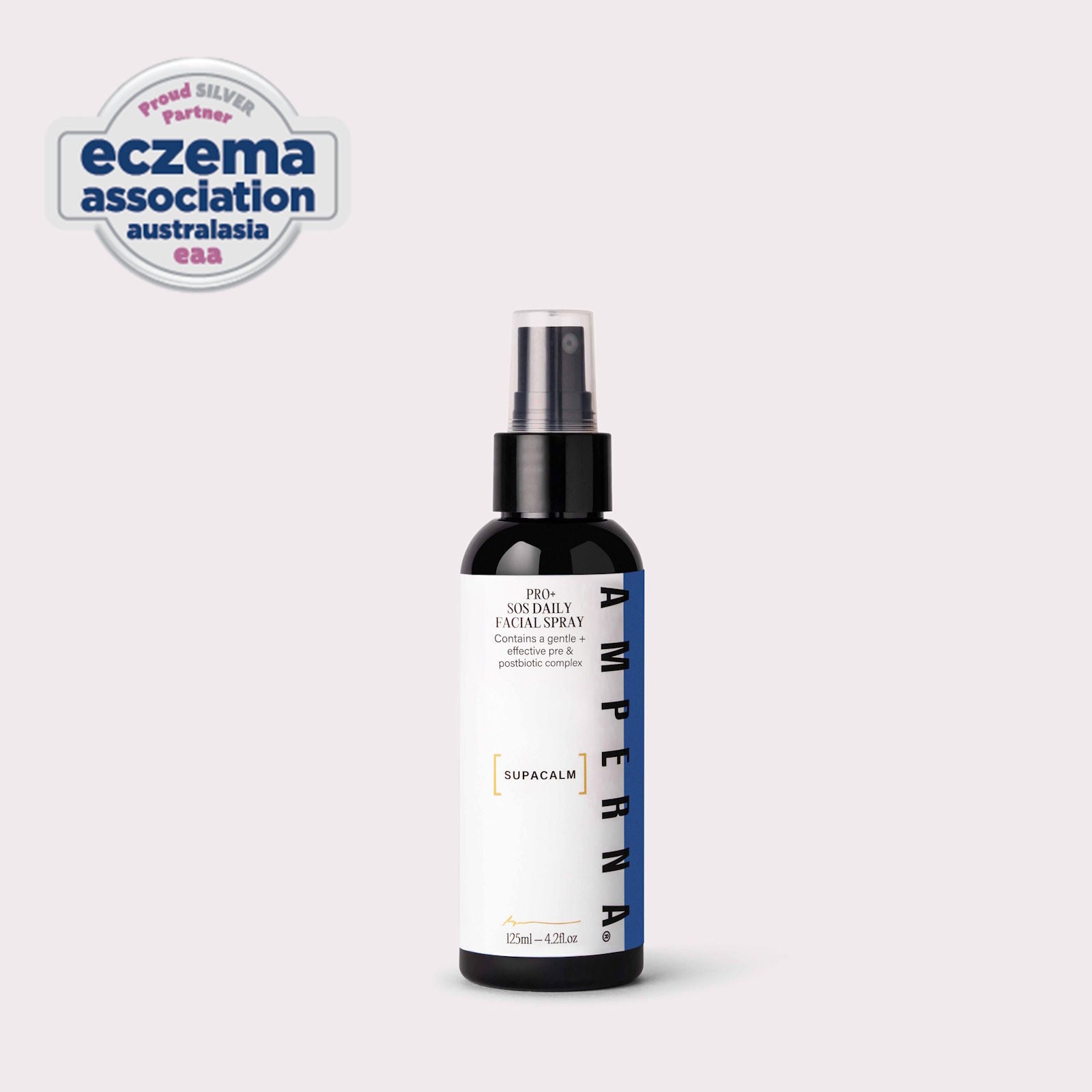What are those pesky little bumps?
Milia (also known as milk spots) are small, white bumps that typically form on areas such as the cheeks, nose, and eyelids. While milia bumps are mostly seen in newborns, they can also occur in older children, adolescents and adults.
Milia bumps are harmless and are generally caused by trapped keratin (protein) beneath the skin. Milia are different from whiteheads or acne, as they are small cysts caused by this trapped protein and not developed in a pore are red or inflamed.
Approximately 40%-50% of babies are born with Milia or develop quickly after birth. The bumps usually resolve on their own without requiring treatment within a few weeks to months.

In older children, adolescence and adults milia may also be caused by the following
- Burns
- Long-term sun damage
- Long-term use of topical steroid creams
- Genetic disorders
- Conditions that cause skin blistering
- Skin resurfacing procedures (ie, dermabrasion)
- Decrease in the natural ability to shed new skin cells (ageing)
Good skincare practices may help prevent the occurrence of milia forming in adults. To reduce the risk of developing milia, it is recommended to use lightweight, non-comedogenic products that are free of occlusive ingredients that can trap dead skin cells.
However, if Milia presents and treatment is desired, there are several strategies that can help.
Here are some dos and don'ts for preventing or treating milia.

Dos
- Practice gentle skincare. Use mild paraben-free cleansers and pat your skin dry. A lightweight, non-comedogenic moisturiser will ensure your skin is hydrated without clogging your pores.
AMPERNA®'s Cleanser + Moisture Duo will have you covered. - Gentle exfoliation can help remove dead skin cells and prevent the build-up of keratin that leads to milia. Look for exfoliating cleansers that contain glycolic acid like AMPERNA®'s [EXFOLIATE] 10% Pro + Resurfacing Lotion.
- Drink plenty of water to keep your skin hydrated and healthy from the inside.
- Topical retinoid creams help increase cell renewal, unclog pores and skin cell turnover, which can prevent the build-up of dead skin, and therefore can be helpful at treating milia.
- Wear sunscreen daily to shield your skin from harmful UV rays and prevent further skin damage.
- Overall look for ingredients that can help prevent and treat milia-prone skin including, hyaluronic acid, salicylic acid, lactic acid, and alpha-hydroxy acids (AHAs).

Don'ts
- Avoid picking, poking, scraping or squeezing milia as this can lead to skin irritation, infection and potentially scarring.
- Avoid heavy or pore-clogging products. Certain ingredients in skincare or makeup products can contribute to milia formation. These pore-clogging ingredients include occlusives, petrolatum, mineral oil, coconut oil and lanolin.
- Avoid over-washing and over-exfoliating as you will strip the skin of its natural oils and lead to irritation. Harsh physical exfoliants and irritating ingredients like alcohol and fragrances should also be avoided for milia-prone skin.
- Overexposure to the sun can damage the skin and worsen milia, so protect your skin with sunscreen.
To Slug or Not To Slug?
Slugging, was a viral 2023 skincare trend in which a layer of an occlusive such as Vaseline (petroleum jelly) is applied on top of your moisturising layer. Some dermatologists suggest that slugging may contribute to the formation of milia, particularly in the delicate under-eye area, as it can trap keratin beneath the skin's surface. For individuals considering slugging as part of their skincare routine, be mindful of the risk of potential blockages and the development of milia.
Sometimes it is best not to follow social media trends.
By following these tips, you can help prevent the clogging of pores and reduce the formation of milia. However, it is important to note that everyone's skin is different, and individual responses to skincare ingredients can vary.
Remember these pesky little harmless bumps are benign and not considered a serious skin condition. Albeit they may feel cosmetically bothersome and, in some cases, persistent. Consulting with a dermatologist can provide personalised advice for addressing milia and achieving healthy skin.

